What does vine furniture look like and how to care for it?
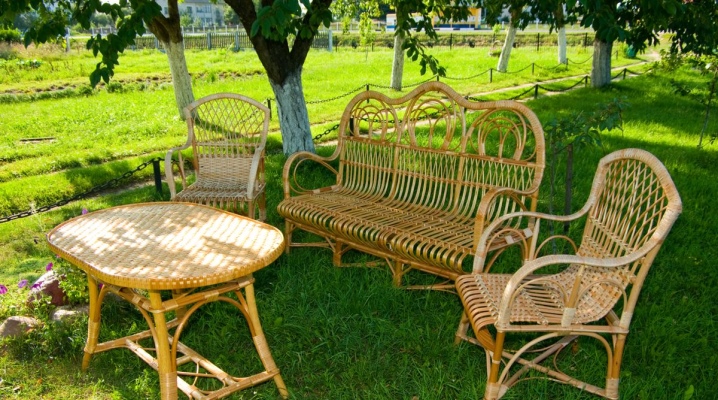
Furniture made from natural materials has always been highly valued. Of course, the palm belongs to wood: solid wood or veneer. But lovers of original solutions are happy to acquire furnishings from the vine. Wicker furniture brings a touch of the East, exotic colonial chic or relaxed Mediterranean to the interior.
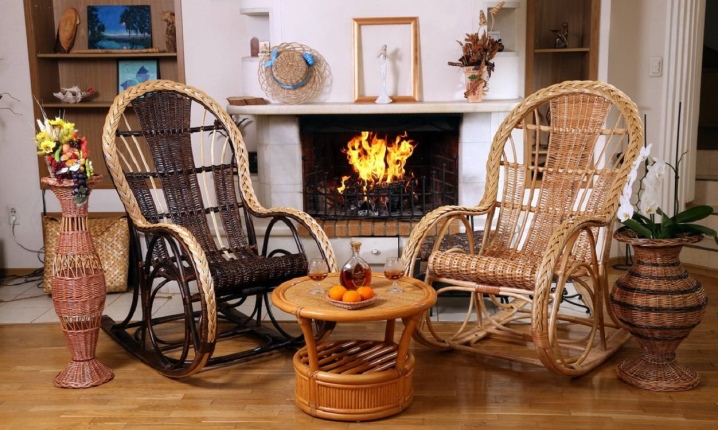
What is this material?
The art of making wicker furniture came from the countries of Southeast Asia. The liana of the tropical rattan is the ideal raw material for this craft. In the era of Asian colonization, wickerwork was brought to Europe.
Openwork armchairs, bookcases and headsets were especially popular in Victorian England.
A rare aristocratic house did without such interior and exterior items. The Russian answer to the overseas material was the willow vine.
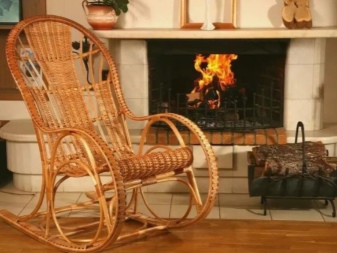
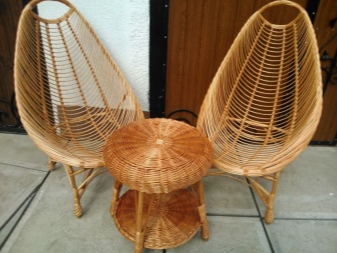
The advantages and disadvantages of vine furniture are due to the characteristics of the raw materials, first of all, willow twigs, although other species can also be used: hazel, mountain ash, aspen. And there are several varieties of willow itself suitable for such work:
- willow;
- rakita;
- holly willow;
- tagalnik;
- blushed.
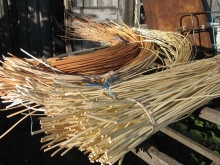
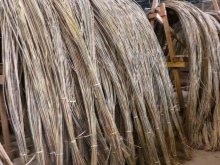
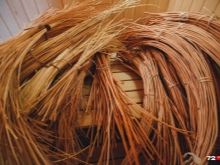
Willow shrubs for industrial vine weaving grow in nurseries, due to cultural cultivation, their shoots do not branch very much and have increased flexibility.
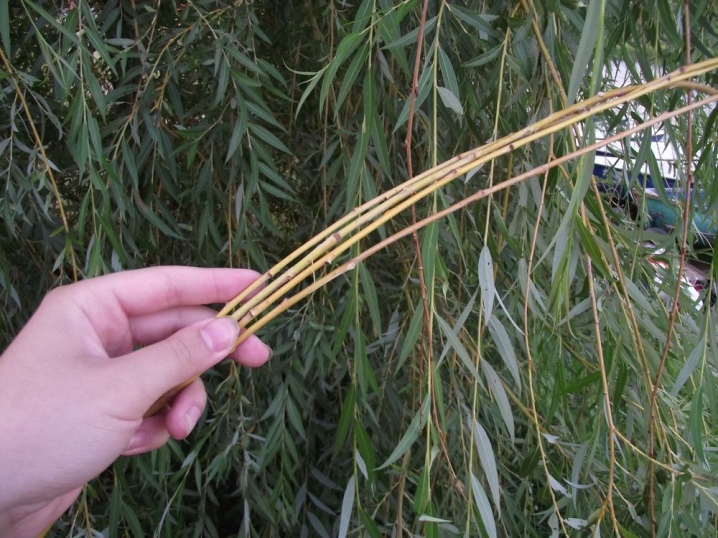
Technological stages of preparation of rods:
- cutting - carried out by hand, with a pruner or a sharp knife, from late autumn to early spring, when sap flow begins;
- sorting - rods are selected by diameter and length;
- boiling or steaming - the rods are immersed in boiling water or passed through steam in a special chamber;
- sanding - cleaning from bark is carried out with the use of special "pinch grinders" of various configurations;
- bleaching - fumigation with sulfur vapor or sulfuric acid solution with slaked lime;
- drying - at least 20 hours in a dryer with a temperature of 70 ° C or several days under the sun.

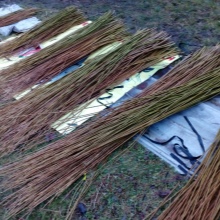
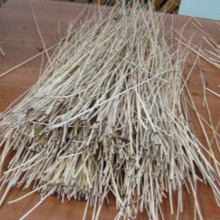
Advantages and disadvantages
Furniture made of high-quality, properly harvested vines, looks beautiful and has remarkable properties:
- elasticity, fragility;
- strength due to the high density and uniformity of the fibers;
- good moisture resistance;
- environmental friendliness;
- light weight and mobility is one of the main advantages over solid wood furniture;
- ease of care;
- original appearance;
- harmonious combination with metal, glass, wood;
- affordable price.
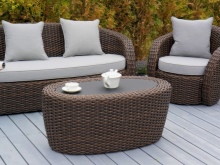
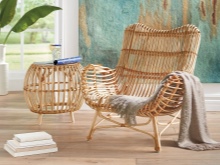

Cons of wicker furniture:
- tendency to dry out in direct sunlight;
- intolerance to temperature changes, deformation from them;
- the vine is afraid of rain and snow;
- the twigs of willow vines are much shorter than the rattan vine and are uneven in diameter, so you have to use small pieces;
- excessive weight and mechanical loads of such furniture are contraindicated;
- cheap models of low quality have a creak;
- if the frame is cracked or the weaving has dispersed, then repair and restoration of the product will be quite costly or even impossible.
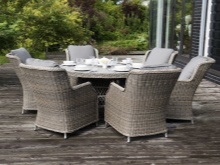
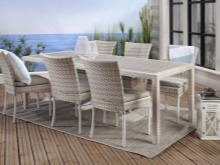
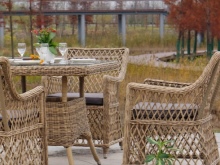
What kind of furniture is there?
Vine furnishings are divided into outdoor furniture (country, garden, for summer cafes) and that which is intended for interior furnishings.
The European style is characterized by the use of vines in combination with other textures and materials, and the Asian approach implies fully wicker items.
According to the manufacturing method, furniture from a vine can be:
- frame - with a rigid and durable base made of wood or metal;
- frameless - stiffeners are made of 2-3-year-old thick rods and cuttings.
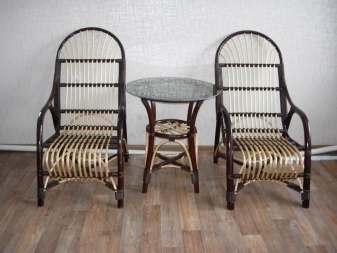
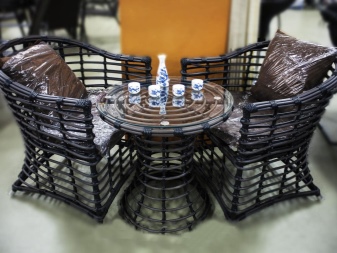

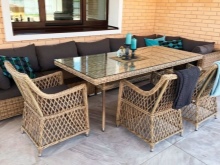
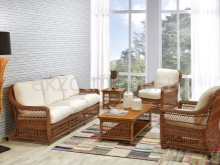
By application, similar furniture is grouped into categories.
- For rest and sleep, couches, sofas, benches, sun loungers, sun loungers, armchairs (ordinary, hanging and rocking chairs) are used. As well as full-size beds and baby cribs.

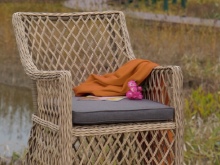
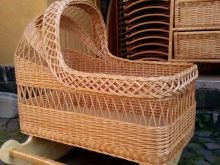
- For storing things: chests, dressers, cabinets, wardrobes, whatnots, shelves.
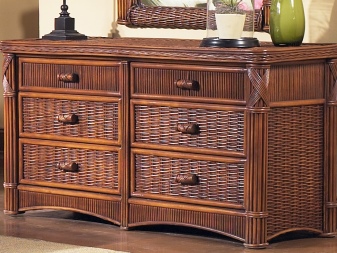
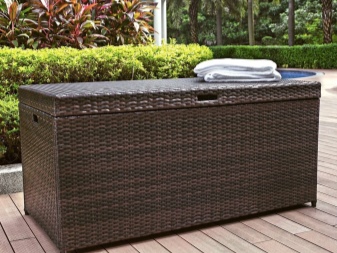
- Dining groups: tables, chairs, stools. Even such a specific thing - a high chair for children - can be made of vines.

- Additional furnishings: coffee tables, poufs, screens, floor lamps, table lamps and lampshades, flower stands, beds for cats and dogs, boxes and interior baskets.
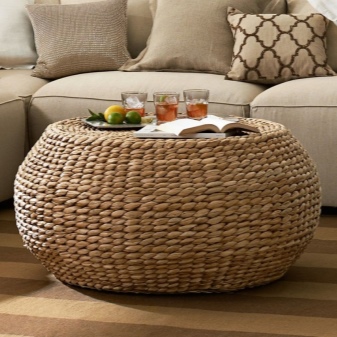
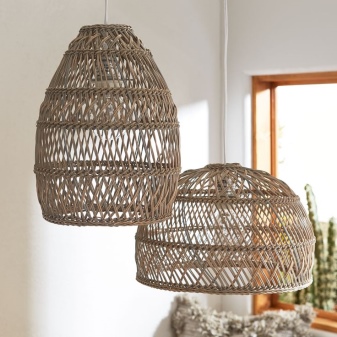
Furniture made of natural unpainted vine has a special golden color - from light to thick brownish shade. Staining and etching is used to smooth out the uneven tone of the rods or for greater decorativeness. Both natural and synthetic dyes are used. The lacquer applied to the product gives a shiny surface.
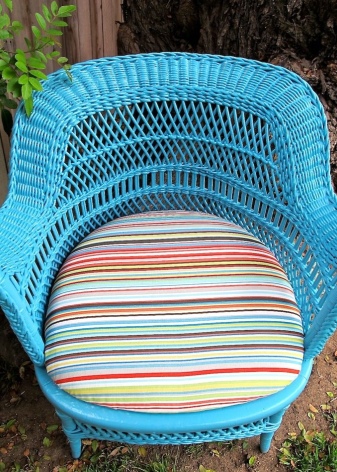
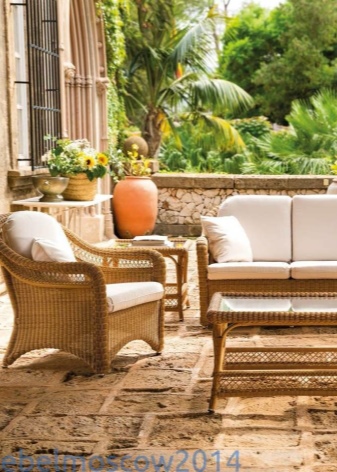
Weaving types
Various techniques are used to weave furniture, thanks to which durable and beautiful items are obtained.
The technique is chosen depending on the purpose of the furniture and the expected weight loads. Most often, the product combines several weaving methods.
These are the following types:
- simple solid;
- layer by layer;
- weaving in rows;
- square or checkerboard;
- Herringbone;
- rope (forward and backward).
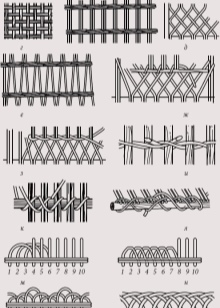
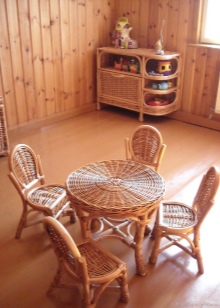

Open-mesh weaving with open cells gives a special decorative effect to the product. It can be simple or complex, diamond-shaped, circular, lattice.
Plastic willow vine is one of the most suitable materials for beginners in the field of weaving furniture. This activity can become a favorite hobby that brings in a good income. You can master it thanks to the schemes available on the Internet.
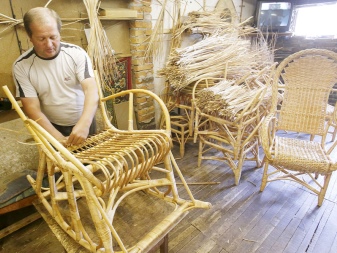
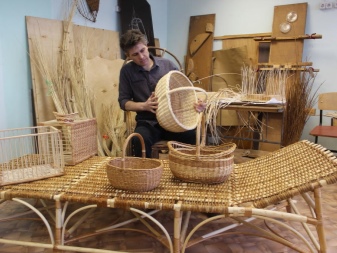
Selection Tips
When choosing furnishings from the vine, you should pay attention to the following nuances:
- If the product is made of thin, unsmiled rods, then it will have a low cost, but it will not last long either. These rods are best used for wattle fences and baskets.
- More durable and expensive furniture is made from fairly thick and sanded rods with a strong braid.
- The ideal raw material is a boiled vine, flexible and protected by this method of processing from the effects of harmful microorganisms.
When buying, you need to check the stability of the furniture, the absence of distortions. Cabinet doors should be easy to open, drawers should be simple and easy to remove.
The optimal solution for outdoor use can be furniture made of artificial material. A modern development is a polymer vine (for example, from DeckWood).
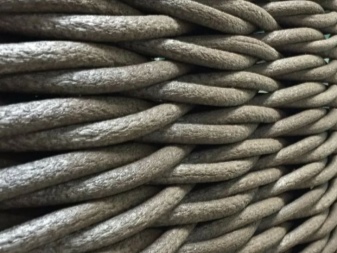
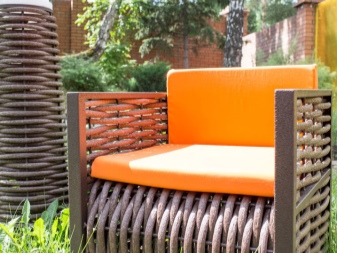
This material, with its texture, shape and flexibility, completely imitates a natural product, and even surpasses it in the following parameters:
- completely moisture resistant;
- resistant to mechanical stress;
- not subject to decay and drying out;
- UV resistant;
- withstands temperatures from -50 to + 70 ° С;
- painted in production, does not require varnishing and impregnation;
- durable.
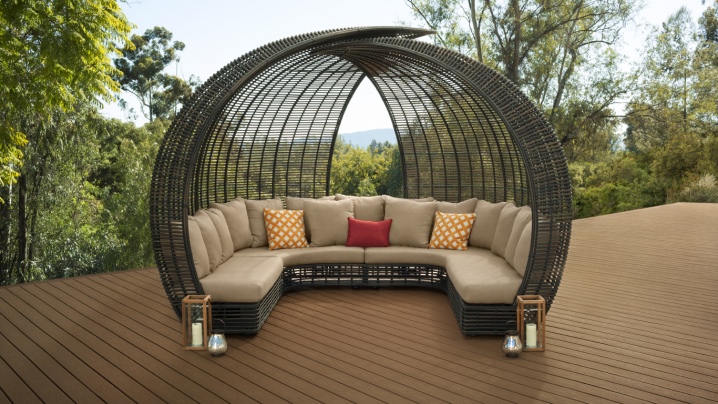
The nuances of care
Caring for natural wicker furniture is not very difficult:
- Dirt is easily removed with a slightly damp cloth.
- To improve the appearance and create a protective film, it is recommended to regularly use wax polish (from Pronto, Mebelux, etc.).
- Dusty vines and removable padded seats can be vacuumed.
- Furniture for a country veranda must certainly be removed under the roof or covered with a film from the rain, and if it is still wet, then dry naturally.
- A vine that has dried out in the sun can be tried to be saved by covering it with a damp cloth. In winter, move the furniture to a warm room.
- Wicker tabletops must be protected from coffee, tea, and wine stains. Fresh stains are quickly removed by lemon juice or baking soda.Old defects are sanded and re-varnished.
- Do not place hot dishes directly on the vine - use coasters.
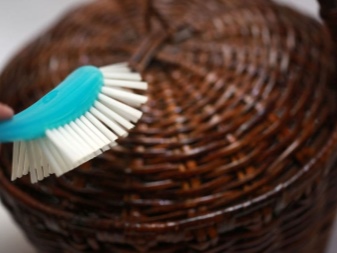
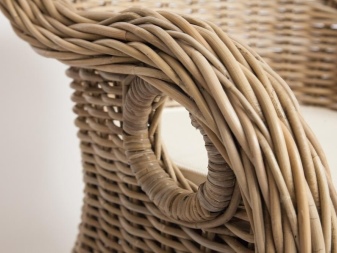













The comment was sent successfully.